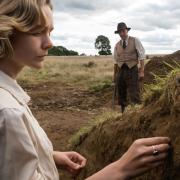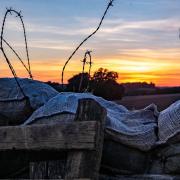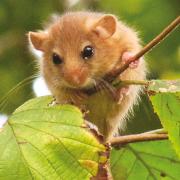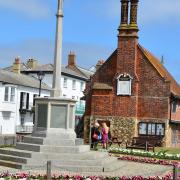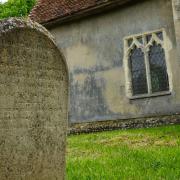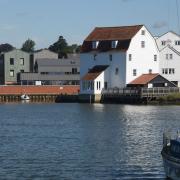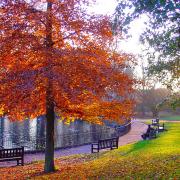Spring is in the air, and Sammy Fraser is off to The Brecks to breathe it in

April is a month when you can’t miss that spring feeling in the air, the nights drawing out, wildlife hastening to make the most of the good times ahead, and the promise of outdoor adventures to be had. And The Brecks provides ample opportunity to get out and get a bit closer to nature.
Nestled in the heart of East Anglia, the Brecks is a little-known landscape spanning North Suffolk and South Norfolk and covering an area about two-and-a-half times the size of the Isle of Wight. The word ‘Breck’ is medieval and was defined as being an area of heathland broken up for cultivation before being allowed to retreat back into wilderness. Wildlife abounds here despite the harsh conditions – sandy, nutrient poor and flinty soil, and one of the driest local climates in England. An incredible 12,845 different species were recorded in 2010, and 70 of those species either have the Brecks as their last stronghold or are found nowhere else in the UK.
You can’t go anywhere in the Brecks without travelling through the UK’s largest lowland pine forest. Thetford Forest was first planted in 1922 and its 22,000 hectares are now managed by the Forestry Commission for sustainable timber production and wildlife.
A walk or ride along one of the forest trails might provide you with a glimpse of a red deer, or the sound of a tawny owl’s eerie calls at dusk.

Spring offers opportunities for encounters with rare and internationally protected species, such as woodlark calling among cleared areas, and, if you’re lucky, a hunting goshawk in search of an unlucky pigeon.
At High Lodge Forest Centre, the RSPB, Norfolk Wildlife Trust and the Forestry Commission have joined forces to unlock the door to some of the secret lives of the forest. The nest camera project, Wings over the Brecks, treats visitors to ‘live’ footage of goshawk, nightjar and woodlark, and gives them the chance to meet the project’s team of volunteers.
The Brecks is also famous for its open habitats, in particular heathlands, one of the UK’s rarest habitats, accounting for less than 0.3% of the country’s land area. Spring marks the resurgence of specialist heathland plants such as Breckland thyme. It’s also the baby boom period for an iconic Brecks herbivore, the rabbit. Rabbits aren’t considered threatened, but they’re extremely important to the Brecks’ ecology, and the area has seen its rabbit population decline by 40% in recent times.
Rabbits are essential for maintaining a tightly grazed sward and their burrowing provides soil disturbance needed by rare insects, such as the wormwood shiner.

Spring is one of the best times to get out exploring, so why not make April your month to explore this hidden gem of nature?
Sammy Fraser is RSPB Community Engagement Officer in The Brecks




